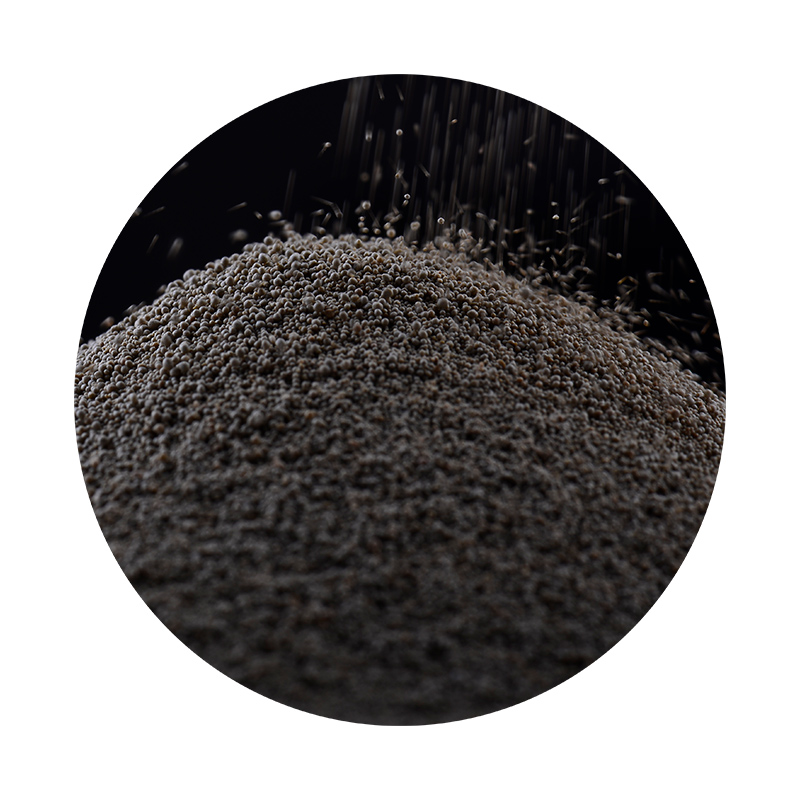How Do You Sand Resin? A Comprehensive Guide
Sanding resin can seem like an intimidating task, particularly for those new to working with this versatile material. Whether you're a hobbyist working on a craft project, a professional in the woodworking industry, or someone looking to finish a custom item, knowing how to sand resin effectively is essential to achieve a smooth, flawless surface. In this guide, we will explore the best practices for sanding resin, including the tools needed, the sanding process, and tips to ensure the best results.
Understanding Resin
Before diving into the sanding process, it's important to understand what resin is. Resin typically refers to epoxy resin, a popular material used in various applications, including crafting, jewelry making, and furniture. Once cured, resin can be exceptionally hard, making it durable but also challenging to work with when it comes to finishing techniques like sanding.
Tools You'll Need
To sand resin effectively, you will need a few essential tools and materials
1. Sandpaper Start with a coarser grit, such as 60 or 80 grit, and progressively move to finer grits (up to 2000 grit for a polished finish). 2. Sanding Block or Sponge These tools help you maintain even pressure when sanding, preventing uneven surfaces. 3. Water Wet sanding can be beneficial for achieving a smoother finish, reduce dust, and keep the temperature down. 4. Safety Gear Protective eyewear and a dust mask are necessary to protect yourself from fine resin dust.
The Sanding Process
1. Cure Your Resin Properly Ensure your resin has completely cured before starting the sanding process. This can take anywhere from a few hours to a few days, depending on the product used. Working with uncured resin can result in a messy and ineffective sanding job.
how do you sand resin

2. Start with Coarse Grit Sandpaper Begin sanding using a coarser grit (60-80). Gently sand the surface of the resin, focusing on any rough spots or imperfections. Be cautious not to apply too much pressure, as this can cause gouging or uneven surfaces.
3. Check Your Progress Periodically stop to inspect your work. This will help you gauge how much of the resin surface needs to be corrected. Look for smoothness and evenness, adjusting your technique as necessary.
4. Move to Finer Grits Once you’ve achieved a relatively smooth surface with the coarse grit, transition to finer grits, moving from 120 to 320, and so forth. Each time you move to a finer grit, be sure to sand thoroughly to eliminate the scratches left by the previous grit.
5. Wet Sanding for a Polished Finish If you desire an ultra-smooth and glossy finish, consider wet sanding. Dampen the sandpaper with water and sand the surface. This method minimizes dust and helps cool the surface, reducing the risk of overheating.
6. Final Touches After reaching your desired smoothness, clean the surface to remove any dust or debris. You may want to buff it with a polishing compound or use a polishing wheel for an extra glossy finish.
Tips for Success
- Test a Small Area First If you're new to sanding resin, practice on a small, inconspicuous area to gauge how the material reacts. - Be Patient Sanding resin can take time, especially if aiming for a high-gloss finish. Rushing the process will lead to mistakes. - Use Proper Techniques Always sand in a circular or back-and-forth motion, applying even pressure to avoid creating uneven surfaces. Conclusion
Sanding resin is a skill that can greatly enhance the appearance of your projects. With the right tools, techniques, and a bit of patience, you can achieve a beautifully smooth, professional-looking finish. Whether you’re making custom jewelry or finishing furniture, mastering resin sanding will elevate your crafting experience and results. Happy sanding!
Post time:Aza . 11, 2024 13:07
Next:sand casting applications
